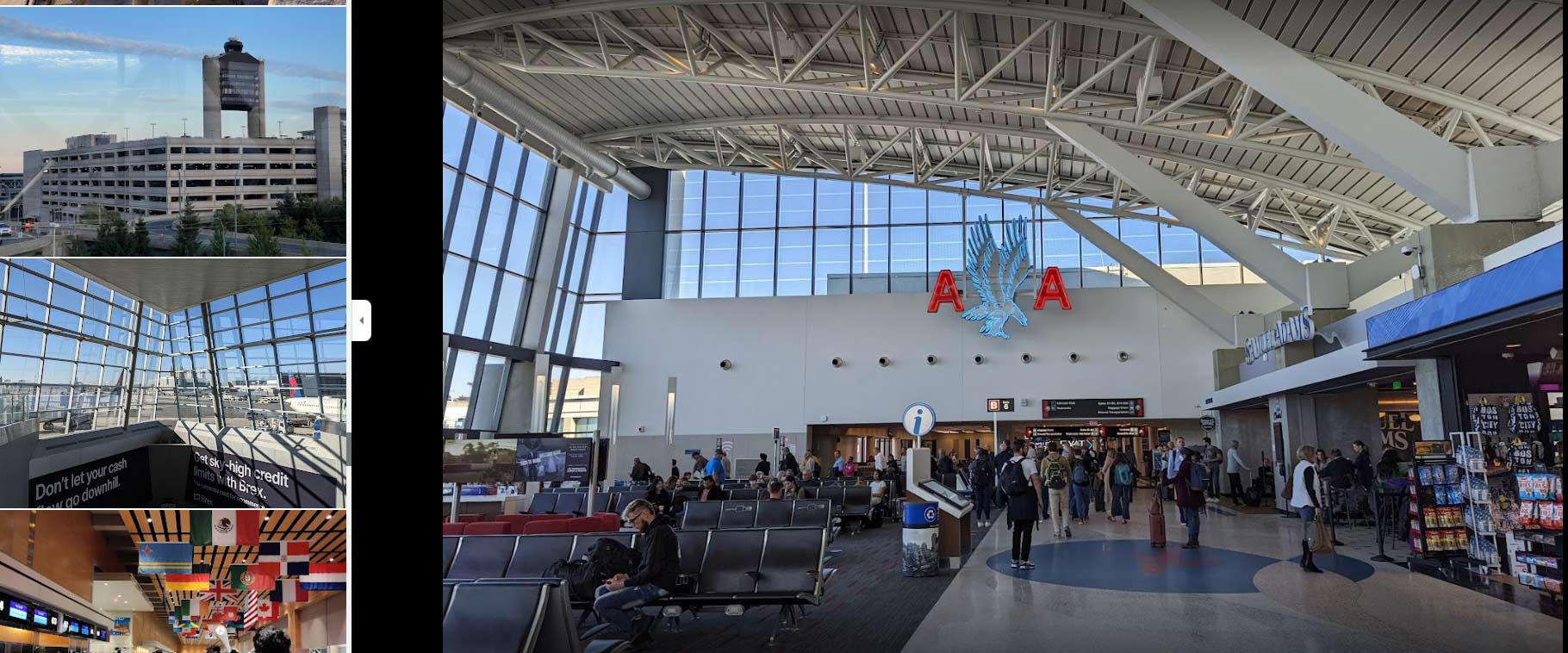The history of Boston Logan International Airport

Boston Logan International Airport is one of the busiest and most important airports in the United States, serving as a major hub for domestic and international flights. The airport is located in East Boston, Massachusetts and is named after Edward Lawrence Logan, a prominent political figure in Boston in the early 20th century. Logan International Airport has a rich history that spans over a century, and it has played a significant role in shaping the aviation industry in the region.
The origins of Logan International Airport can be traced back to the early 20th century when aviation was still in its infancy. In 1923, the Massachusetts Aeronautic Commission purchased a 200-acre plot of land in East Boston to develop an airport for the city of Boston. The airport was officially opened in 1927, and it was named Boston Airport. At the time, it had a single runway and a small terminal building.
Throughout the 1930s and 1940s, Boston Airport underwent significant expansion to keep up with the growing demand for air travel. The airport was renamed General Edward Lawrence Logan International Airport in 1943 in honor of the former mayor of Boston. During World War II, Logan International Airport played a crucial role in supporting the war effort by serving as a base for military aircraft and personnel.
In the post-war years, Logan International Airport continued to grow and expand. New runways were built, and the terminal buildings were expanded to accommodate the increasing number of passengers. In 1956, the airport was the first in the United States to offer direct flights to Europe with the introduction of a transatlantic service to London.
Throughout the 1960s and 1970s, Logan International Airport underwent further expansion and modernization. The airport added a new terminal building, which was designed by renowned architect I.M. Pei. The new terminal featured modern amenities and technologies that were designed to make air travel more comfortable and convenient for passengers.
In the 1980s and 1990s, Logan International Airport continued to play a significant role in the aviation industry. The airport saw the introduction of new airlines and routes, and it underwent further renovations and improvements to keep up with the changing needs of passengers.
In the 21st century, Logan International Airport has continued to grow and modernize. The airport has introduced new technologies and services to make air travel more efficient and convenient for passengers. Today, Logan International Airport is one of the busiest airports in the United States, serving millions of passengers each year and connecting Boston to destinations around the world.
In conclusion, Boston Logan International Airport has a rich and fascinating history that spans over a century. From its humble beginnings as a small airport with a single runway, it has grown into a major hub for air travel in the United States. As air travel continues to evolve and change, Logan International Airport is sure to continue playing a significant role in shaping the future of the aviation industry.
